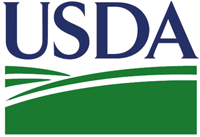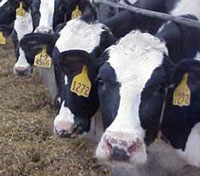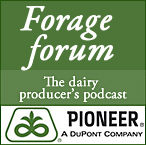 Dr. Elisabeth Hagen has been appointed as Under Secretary for Food Safety of the USDA by Agriculture Secretary Tom Vilsack.
Dr. Elisabeth Hagen has been appointed as Under Secretary for Food Safety of the USDA by Agriculture Secretary Tom Vilsack.
“There is no higher priority at USDA than ensuring that Americans have access to a safe and healthy food supply, and Dr. Hagen’s background as the Chief Medical Officer and senior executive within USDA’s Food Safety and Inspection Service will enable her to successfully lead the effort to develop and execute the agency’s scientific and public health agenda, and continue to build the coordination with public health partners at federal, state, and local level needed to achieve the objectives of President Obama’s Food Safety Working Group.”
Biographical information on Dr. Elisabeth Hagen:
Prior to her nomination as Under Secretary for Food Safety, Dr. Elisabeth Hagen served as the USDA’s Chief Medical Officer a senior executive at USDA’s Food Safety and Inspection Service, where she played a key role in developing and executing the agency’s scientific and public health agendas. Before joining the federal government in 2006, Hagen taught and practiced medicine in both the private and academic sectors, most recently in Washington, DC. She holds a M.D. from Harvard Medical School, and a B.S. from Saint Joseph’s University. Dr. Hagen completed her specialty medical training at the University of Texas Southwestern and the University of Pennsylvania, and is board certified in infectious diseases. In addition to several hospital and university appointments, her experience includes research and publications and infectious diseases and providing medical care to underserved populations. She is married and lives with her husband and two young children in Northern Virginia.
Source: USDA




 The
The During field days this month at University of Missouri Forage research centers, extension regional livestock specialist Chris Zumbrunnen told participants that distillers grains, which offer up to 30 percent protein, can pick up the slack when the hay quality falls short. “There is a tremendous amount of high quality product available,” Zumbrunnen said. There will also be plenty of poor quality hay that was harvested late and rained on during haymaking.
During field days this month at University of Missouri Forage research centers, extension regional livestock specialist Chris Zumbrunnen told participants that distillers grains, which offer up to 30 percent protein, can pick up the slack when the hay quality falls short. “There is a tremendous amount of high quality product available,” Zumbrunnen said. There will also be plenty of poor quality hay that was harvested late and rained on during haymaking. The dried product, known as DDGs, which has only 10 percent moisture, handles and stores easily but it can draw moisture and become caked in storage. “If you put it in a bin, you might have a hard time getting it out,” Zumbrunnen said. The wet product, with 65 percent moisture, is less expensive, but needs to be used quickly. “It’s tough to store and do anything with,” he said. “You can’t stack it, as it will spread out unless contained.”
The dried product, known as DDGs, which has only 10 percent moisture, handles and stores easily but it can draw moisture and become caked in storage. “If you put it in a bin, you might have a hard time getting it out,” Zumbrunnen said. The wet product, with 65 percent moisture, is less expensive, but needs to be used quickly. “It’s tough to store and do anything with,” he said. “You can’t stack it, as it will spread out unless contained.”
 As the choppers start to roll across the country,
As the choppers start to roll across the country,